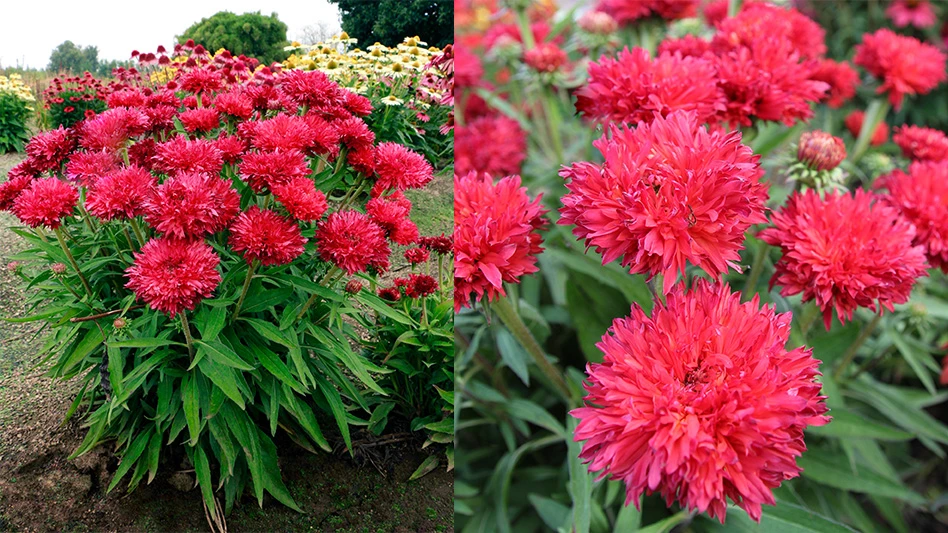Native to Asia, Cydalima perspectalis (box tree moth) is an invasive pest currently causing severe damage to Buxus spp. in Europe. In November 2018, the Canadian Food Inspection Agency confirmed the presence of box tree moth in an urban neighborhood in Toronto.
This is the first detection of this pest in North America.
The box tree moth was detected in Germany and the Netherlands around 2006 and is believed to have arrived in Europe with a shipment of boxwood plants from Asia. It is now found in up to 30 European countries.

Damage
Damage to boxwood is caused by the larvae feeding primarily on leaves and sometimes on the bark. Infested plants are disfigured by the loss of leaves and by the webbing spun by the larvae. Younger larvae feed by eating the lower surfaces of the leaves only. Older larvae feed inside the webbing and skeletonize the leaves, leaving only the midribs, and occasionally the outer margin intact. Presence of webbing, frass and molted black head capsules may also be apparent in and around infested plants.
Boxwood can survive defoliation as long as the caterpillars do not eat bark on the main stems. Once this happens, boxwood lose ability to obtain necessary nutrients and water, while becoming more susceptible to fungal and bacterial infections.

Identification
Eggs, which are laid in clusters, are greenish yellow when first laid. Black dots start to show as the larval head capsule is forming. Eggs hatch in about three days.
On hatching, larvae are greenish yellow with a shiny black head. As they mature, they become more greenish and develop a striking pattern of thick black and thin white stripes along the length of the body.
Mature larvae (about ½-inch long) pupate in a cocoon of white webbing spun among the leaves and twigs of the host. They are always hidden and rarely visible in the field.
Adults are medium-sized moths with a wing span of about 1½ inches with white wings and a thick dark brown border. A less common color variant has brown wings with small white streak on the forewing. Adult moths live about 14 days and are good flyers.
C. perspectalis can survive in areas where the minimum winter temperature is about -22°F. It overwinters in the larval stage in a silken cocoon spun between host leaves.

Control
No natural predators exist in the EU. Not even birds and other animals will eat the caterpillars because they contain toxins. Controls are available, including pheromone traps, pyrethroids, chlorantraniliprole, and Bacillus thuringiensis (Bt) products. The Horticultural Research Institute urges the industry to be vigilant in scouting and report any suspicious-looking boxwood damage.
Sources: Canadian Food Inspection Agency, North American Plant Protection Organization, Horticultural Research Institute

Explore the May 2019 Issue
Check out more from this issue and find your next story to read.
Latest from Nursery Management
- The HC Companies, Classic Home & Garden merge as Growscape
- Eason Horticultural Resources will now officially be known as EHR
- BioWorks receives EPA approval for new biological insecticide for thrips, aphids, whiteflies
- Ellen Mackenbach-Lakeman appointed new CEO of Dümmen Orange
- Southern Garden Tour sets 2025 dates for trial garden open houses
- New book explores plants that thrive in Rocky Mountains
- American Floral Endowment establishes Herman Meinders Memorial Tribute
- These companies are utilizing plastic alternatives to reduce horticultural waste




